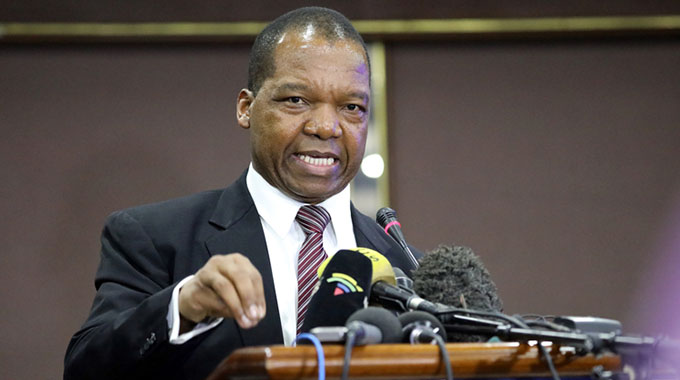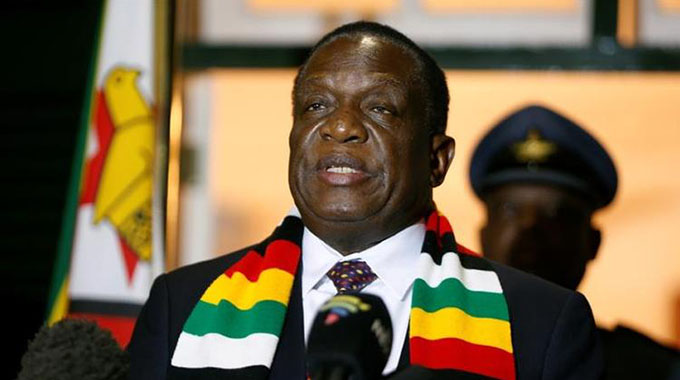Zimdollar moves towards stability

Business Reporter
The Zimbabwe dollar has effectively reached a stable exchange rate with yesterday’s auction showing a slight movement of 0,43 percent or just under 36 cents, as the price of the US dollar moved to $82,9184 from last week’s $82,5608 with the bid range narrowing further to a minimum of $80 and a top bid of $88,38 in the main auction.
Bidders in the SME auction were more optimistic about stability, bidding between $78 and $85.
The bid range in the main auction was the narrowest in the eight auctions since the system was introduced by the Reserve Bank of Zimbabwe towards the end of June, and the same was seen in the third SME auction since that came on line a fortnight ago.
All valid bids in both auctions managed, for the second week running to buy all the US dollars they were seeking to pay their foreign bills, another sign that the market forces of supply and demand have managed to find a viable exchange rate in the process described as “price discovery”.
The high rate of success in recent auctions, with only those indulging in very low underbidding losing out, and the total success in the last two, is also helping to narrow bid ranges, with low bidders realising there are not many bargains and high bidders seeing that they can control costs by careful calculations.
The auction has not only worked to remove private companies from the illegal market where mere speculators were key players in rate determination, but is also starting to fulfil the RBZ desire of setting the rate that the banking system can use for an increasing amount of business between auctions.
Last week, Reserve Bank Governor Dr John Mangudya said he expected that 70 to 80 percent of actual currency trading would be done outside the auction system, which is largely funded by the foreign exchange the RBZ gets from compulsory surrender requirements, but using the prevailing auction rate for this trading as exporters convert surplus retained export earnings.
Cash-rich exporters are now more likely to start thinking of selling to meet their local currency requirements with a near-stable exchange rate militating against hoarding in the hope of a better deal in a week or two.
In yesterday’s auction, all valid bids were allotted US$13,7 million on the main board, while US$517 630 was allotted on the SMEs board. All valid bids were successful.
The main auction had 113 bids with 17 bids rejected for exchange control violations, so 96 were allotted their currency, and the SME auction received 56 bids, with 16 rejected for non compliance and 40 were fully allocated.
Main auction bidders have been seeing rejection rates fall as more became acquainted with the RBZ rules, while SME bidders are still feeling their way through the simple rules of the system.
As per trend, raw materials accounted for the majority of allotted foreign currency on the main board at US$5,27 million, while machinery and equipment accounted for another significant portion at US$2,8 million.
The same segments accounted for the majority of foreign currency allotted on the SMEs board at US$180 953 for raw materials and US$96 791 for equipment. These two high-priority categories accounted for more than half the cash bid for and allotted.
Economic observers say the stabilising rate is also attributable to wider prudent fiscal and monetary measures being implemented by the Government and RBZ, with the Government living within its means with Budget surpluses now normal, and the RBZ moving out of all quasi-fiscal activities.
Even the black market has been drifting down as the major legitimate importers gleefully turn to the auctions and the banks, and with less demand the black market has been starved of buyers with further drops in the black market rate now predicted by economists.
“It’s quite comforting to note that while the parallel market rate seem to have stabilised at US$1:$100, from a peak of US$1:$120 immediately before establishment of the auction system and there is increasing pressure for further strengthening of the Zimbabwe dollar in the parallel market,” said economist Persistance Gwanyanya.
“This pressure is coming from tight Zimbabwe dollar liquidity in the market. The weekly reserve money statistics by RBZ are instructive. Reserve money, which indicates the level of usable Zimbabwe dollar balances, has gone down from a peak of around $24 billion before establishment of auction system to around $16,77 billion by end of July 2020, with the sucking out of Zimbabwe dollar liquidity on each successive auction.
“Owing to tight Zimbabwe dollar liquidity, thanks to fiscal prudence and tight monetary policy prudence from Treasury and RBZ respectively, we are likely to see strengthening of the Zimbabwe dollar in the parallel market, toward the auction rate,” said economist Gwanyanya.
“We hope that Treasury and RBZ do not lose traction on tight fiscal and monetary policy stance which is currently driving ZWL stability. However, a rate of between US$1:$80 and US$1:$90 is not bad for our economy, in view of the need to balance the virtues of export competitiveness and value preservation.”
The growing stability is expected to have a positive impact on inflation levels going forward.
Largely attributed to speculative activities on the illegal foreign currency market, inflation rocketed in the months leading to the auctions, but monthly inflation is now thought to have slumped to very low levels and even the annual inflation rate, which takes into account the months before the auctions, is expected to decline to 300 percent by year end and then keep falling to low figures by the time of the first anniversary of the auctions.
Indications from the market are that players are responding positively to the auction system-determined rate.
“The auction system has stabilised supply of goods and services and pricing as more manufacturers and retailers access forex from a formal market, which has eased planning,” said Confederation of Retailers Zimbabwe (CZR) president Mr Denford Mutashu yesterday.
“Economic players should now focus on import substitution and commit the forex to importation of raw materials and capital goods than finished goods.
“This is more like a stimulus package to industry and we need to pay back by begging to augment forex inflows through exports.”









Comments